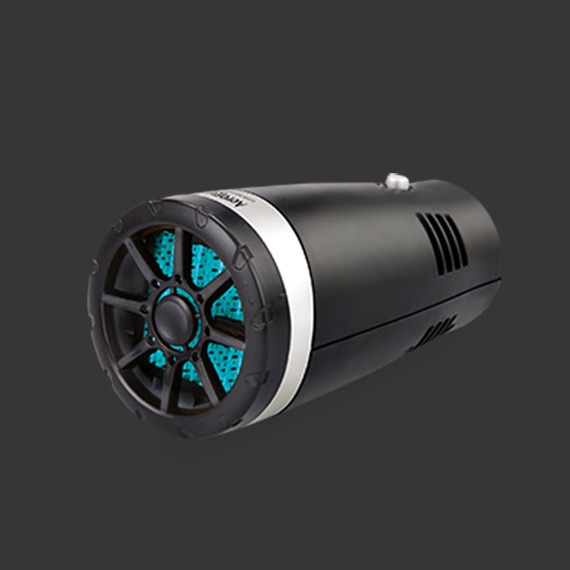throttle body cable
Understanding Throttle Body Cables Their Role and Importance
The throttle body cable plays a crucial role in modern vehicles, acting as a vital link between the accelerator pedal and the engine's throttle body. This system forms part of the vehicle's engine management, directly influencing the acceleration response and overall performance of the car. Understanding how throttle body cables work, their significance, and the potential issues that can arise is essential for both car enthusiasts and everyday drivers.
What is a Throttle Body Cable?
A throttle body cable, often referred to as an accelerator cable, is a flexible cable that connects the accelerator pedal to the throttle body of an internal combustion engine. When the driver presses the accelerator pedal, the cable pulls on the throttle body, opening a valve that increases the amount of air entering the engine. This increase in airflow allows for more fuel to be injected, generating more power and accelerating the vehicle.
How Throttle Body Cables Work
Throttle body cables function on a simple mechanical principle. When the driver pushes the accelerator pedal, the pedal's movement pulls the cable, which in turn pulls on the throttle lever connected to the throttle body. The lever's movement opens the throttle plate, allowing more air into the engine's intake manifold and adjusting the engine speed accordingly.
In modern vehicles, many manufacturers have transitioned to electronic throttle control systems, often referred to as drive-by-wire
. In these systems, the traditional throttle body cable is replaced by electronic sensors and actuators. Although this provides improved precision and better integration with the engine management system, understanding the traditional cable system remains important, particularly for the maintenance and repair of older vehicles.Importance of Throttle Body Cables
throttle body cable

Throttle body cables are critical for ensuring that the vehicle responds accurately and swiftly to the driver's commands. A well-functioning cable makes for smoother acceleration, allowing drivers to merge safely into traffic and navigate challenging driving situations. Additionally, a malfunctioning throttle body cable can lead to decreased performance, stalling, or unsafe driving conditions.
Furthermore, the cable's durability is essential. Over time, the throttle body cable can wear out due to friction and exposure to environmental conditions. Regular maintenance checks can catch potential issues before they lead to mechanical failures. Signs of a failing throttle body cable include an unresponsive accelerator pedal, sticking throttle, or a noticeable delay in engine response, which can seriously impede driving safety.
Common Issues and Troubleshooting
While throttle cables are generally reliable components, they can experience issues. One frequent problem is fraying or wearing of the cable. This can happen after prolonged use or due to corrosion in the housing. Drivers should routinely inspect the cable for any visible signs of wear.
Another issue could be a misadjustment of the throttle body cable. If the cable is too tight, it may cause the throttle to stick open, resulting in unintended acceleration. Conversely, if it is too loose, the vehicle may not respond adequately when the accelerator is pressed. Adjusting the cable tension is relatively straightforward and can often be done by a mechanic during routine service.
Additionally, lubrication is essential to ensure smooth operation. Some cables are enclosed in a sleeve, which minimizes the need for lubrication, but it is still important to keep an eye on performance and coordinate any necessary maintenance.
Conclusion
In summary, the throttle body cable is an integral component of the vehicle's acceleration system. Understanding its function, importance, and potential issues allows for better vehicle care and performance. Whether you are a seasoned mechanic or a casual driver, being aware of the throttle body cable's role ensures safer driving experiences and a more enjoyable journey on the road. Maintaining this connection between the accelerator and the engine is pivotal in achieving optimal vehicle performance. Regular checks can save time and costs in the long run and ensure that the vehicle operates smoothly and efficiently.
-
Workings of Clutch Pipe and Hose SystemsNewsJun.04,2025
-
The Inner Workings of Hand Brake Cable SystemsNewsJun.04,2025
-
The Secrets of Throttle and Accelerator CablesNewsJun.04,2025
-
The Hidden Lifeline of Your Transmission Gear Shift CablesNewsJun.04,2025
-
Demystifying Gear Cables and Shift LinkagesNewsJun.04,2025
-
Decoding Clutch Line Systems A Comprehensive GuideNewsJun.04,2025
